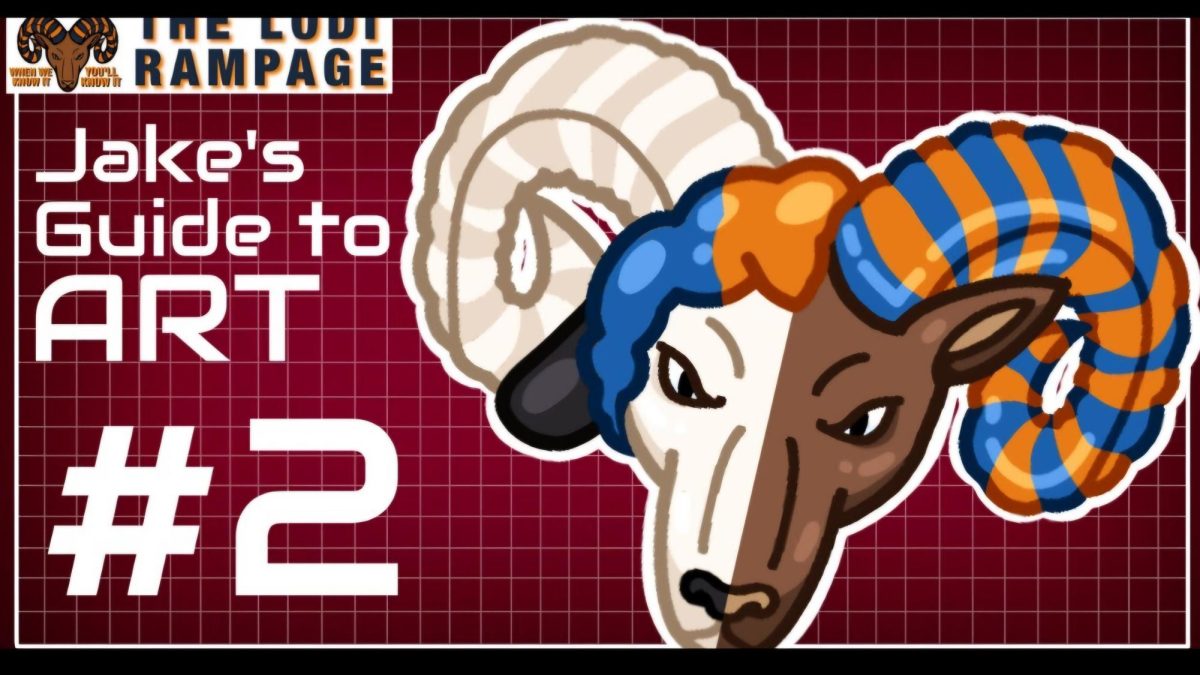As the winter season approaches, people from all parts of the globe come together to celebrate their respective religious or cultural holidays. Although everyone knows the most about Christmas, it’s important to acknowledge the other celebrations people come together for. The holidays, which are rich in culture and tradition, signify the warmth of families coming together, engaging in fun activities, sharing meals, etc. What do you celebrate?
Christmas (December 25):
Christmas, a well known holiday around the world, and adored by children for the tales of Santa Claus and the reindeer who delivered billions of gifts to children worldwide. The day of Christmas, December 25 is also known as “mass on Christ’s day,” and the anniversary of Jesus Christ’s birth is celebrated each year, with many cultures even celebrating the day before known as Christmas Eve. Despite the holiday having religious roots, families all around the world celebrate as a coming together of family to enjoy each other’s company with food and festivities.
Kwanzaa (December 26- January 1):
Kwanzaa is a secular holiday that is mostly celebrated by African Americans, that emphasizes African ancestral, cultural and familial values. The name Kwanzaa comes from the African language of Swahili which means “fresh fruits.” It was created in 1966 by Maulana Ron Karenga to serve for an act of self-determination. It’s built off 7 core principles that derive from the African continent which are Unity (Umoja), Self-determination (Kujichagulia), Responsibility (Ujima), Economics (Ujamaa), Purpose (Nia), Creativity (Kuumba), and Faith (Imani). On the big day to celebrate, as a 7 day holiday, on December 31, those who celebrate all come together dressed in traditional clothing and eat a feast together to celebrate these principles and remember the significance of the holiday.
Hanukkah (December 25- January 2):
Hanukkah or Chanukah, meaning “dedication” is an 8 day Jewish Holiday, or also known as the “festival of lights, where followers celebrate by lighting a menorah lightly for each day. They share prayers and traditional foods together as they light the menorah starting on the eve of the Hebrew month which coincides with the months of November and December on the 25th. The menorah withholds 9 flames, with the shamash, or attendant is used to light the other candles and this is used to signify the rededication of the Temple in Jerusalem after a small army of Jews banded together led by Judah the Maccabee and fought against the Greeks. The Jews in the Temple desired to light the Temple’s Menorah, and in seeking for that, they discovered that a pot of olive oil that used to belong to the Greeks, lasted them 8 days in which they prepared for rituals. Around the world, followers of this holiday gather together to celebrate and commemorate its origins.
While this holiday season rolls in, reflect on all your memories throughout the years and gather to create more!

















